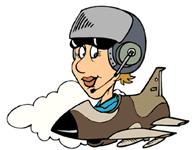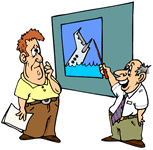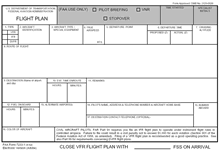Flightplans for Learning:
|
Introduction
After years of flying, pilots still use a random order checklist so they don't miss things. When things become routine, they can lose their impact. Avoid mindless technology activities. Instead focus on the uniqueness and excitement of the content. |
Elements of a Flight PlanConsider each of the following elements of an effective flight plan.
|
| Developed by Annette Lamb, 3/06. |
 Fasten your seatbelts and enjoy the flight... a pilot's job is to provide a safe and successful flight. In much the same way, a teacher must design an age-appropriate environment where students can develop a love of learning. Each teacher designs their own flight plan to meet the individual needs of their children. Although the approaches may vary, the destination is the same.
Fasten your seatbelts and enjoy the flight... a pilot's job is to provide a safe and successful flight. In much the same way, a teacher must design an age-appropriate environment where students can develop a love of learning. Each teacher designs their own flight plan to meet the individual needs of their children. Although the approaches may vary, the destination is the same.  It's a pilot's job to provide a safe and successful journey. Whether you're an airplane pilot or a teacher you can avoid disaster with an effective plan.
It's a pilot's job to provide a safe and successful journey. Whether you're an airplane pilot or a teacher you can avoid disaster with an effective plan.  Experiment!
Experiment! Like the FAA's required plan (on the right), you probably have a standard format for lesson plans. However it's also a good idea to go beyond those plans and develop materials that will address a variety of situations.
Like the FAA's required plan (on the right), you probably have a standard format for lesson plans. However it's also a good idea to go beyond those plans and develop materials that will address a variety of situations.